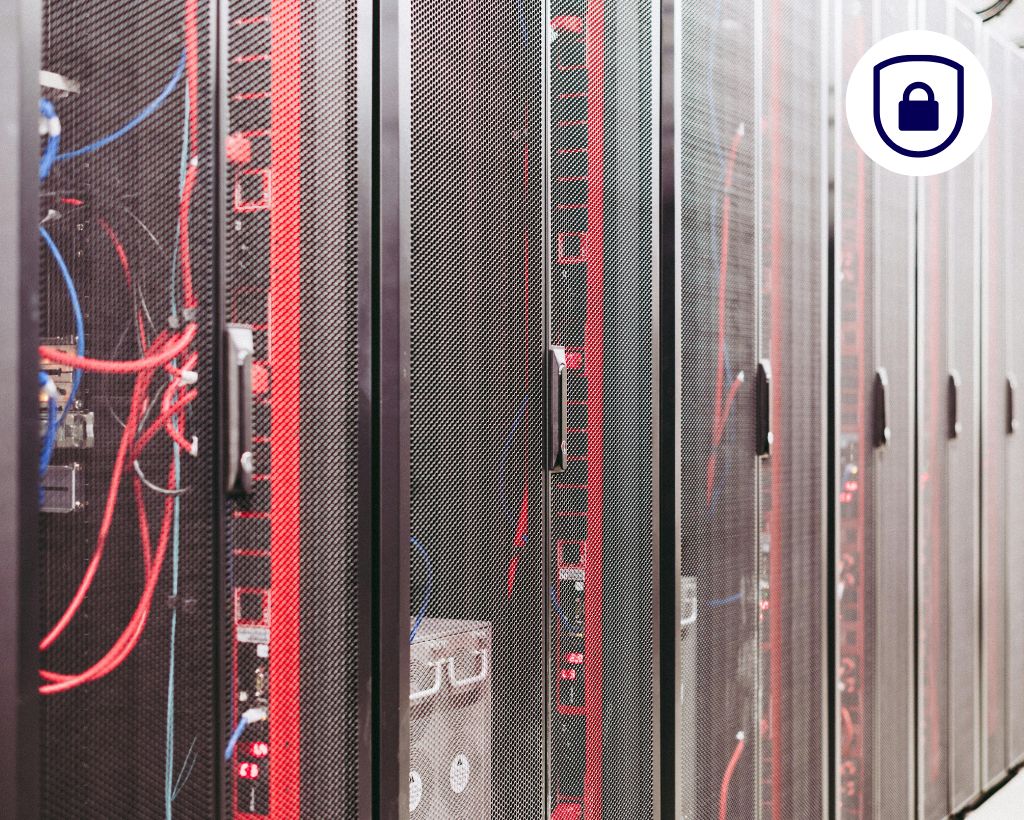
Business Intelligence as a Service
Try PlusClouds Eaglet service and find high quality B2B hot leads and opportunites with AI support.


In an increasingly digital world, data security has become more critical than ever for businesses. In this age where cyber threats are on the rise and attack techniques are continually evolving, merely having security software is not enough. Corporate structures require professional systems that can detect threats in real-time, intervene, and sustain security. The most crucial structure that emerges at this point is the SOC, or Security Operations Center.
In this article, we will delve into what SOC is, how it works, why it is important, and the advantages it offers to businesses.
SOC (Security Operations Center) is a central unit that continuously monitors, analyzes, and responds to threats to an organization's information security. It typically consists of multiple security experts, analysts, engineers, and automation systems. The primary purpose of SOC is to detect suspicious activities occurring on systems, networks, data, and applications, quickly respond to these threats, and protect the organization's digital assets.
SOC units generally operate 24/7 and proactively scan the entire IT infrastructure, respond to incidents, and keep records.
The responsibilities of SOC are quite broad. Its core duties can be summarized as follows:
SOC units continuously monitor network traffic, system logs, user activities, and security alerts. This allows for the quick detection of abnormal movements and potential threats.
SOC identifies malicious activities using advanced threat detection systems (SIEM, IDS/IPS, EDR, etc.). When an attack or breach is detected, a detailed analysis is conducted, the threat level is determined, and necessary measures are taken.
When a threat or attack is detected, SOC makes an urgent intervention to minimize its impact and protect the systems. These processes are carried out according to pre-defined incident response procedures.
SOC teams deal not only with existing threats but also with potential threats. Through cyber threat intelligence, information about new threats is gathered, and defense strategies are updated accordingly.
SOC identifies security vulnerabilities in software and systems, reports them, and ensures that measures are taken against these vulnerabilities.
SOC prepares comprehensive reports for internal and external audits. It also helps ensure compliance with regulations such as KVKK, GDPR, and ISO 27001.
For a SOC to function effectively, several key components must come together:
• Human Resources: A team consisting of security analysts, engineers, threat intelligence experts, and other roles.
• Technology: Technological solutions such as SIEM (Security Information and Event Management), SOAR (Security Orchestration, Automation, and Response), IDS/IPS, EDR.
• Processes: Defined processes such as incident response procedures, risk assessment protocols, and log management policies.
SOC detects, analyzes, and responds to threats leveraging this triad structure. It operates on the principle of continuous improvement; processes are reviewed after each event, and more effective defense strategies are developed.
SOC can come in different types according to the needs and resources of the business:
A security operations center established within a company and managed entirely with internal resources. Preferred by large organizations.
A SOC service provided by a third-party security firm. More economical, especially for small and medium-sized enterprises.
A model that utilizes both internal and external resources. Offers flexibility and cost balance.
The benefits of SOC to businesses are numerous:
• Real-time threat detection
• Fast and effective incident response
• Strong defense against data breaches
• Ease in compliance processes
• Protection of corporate reputation
• Reduction of cyber risks
For entities in sectors like finance, healthcare, e-commerce, and public sector institutions, using SOC is not a luxury but a necessity.
One of the most commonly confused concepts is SOC and SIEM. SIEM refers to “Security Information and Event Management” systems and is a technology used within SOC. SIEM automates the log collection, analysis, and correlation processes. However, SOC is a broader structure that consists of people, processes, and technology.
In summary:
• SIEM is a tool. • SOC is an operational structure that encompasses this tool.
While SOC investments may initially seem costly, they provide significant benefits to organizations by preventing data loss, financial damage, and reputational harm that could arise from cyberattacks in the long run.
Cost components include:
• Security personnel salaries
• Infrastructure and software licenses (SIEM, SOAR, etc.)
• Training and certification expenses
• Monitoring and maintenance services
Small businesses often prefer MSSP (Managed Security Service Provider) solutions to reduce this cost.
SOC (Security Operations Center) monitors the organization's digital infrastructure 24/7 to detect, analyze, and respond to cyber threats when necessary. The goal is to prevent data breaches, ensure system security, and respond quickly to threats.
SIEM is a log collection and analysis system; SOC is the center that manages all cybersecurity operations using this and similar tools. SIEM is a tool, while SOC is an organizational structure.
Cyber threats can affect businesses of all sizes. SOC is a serious need for any organization that houses customer data, financial information, or critical systems. Managed SOC (MSSP) solutions may be preferred for SMEs.
Setting up an internal SOC can be costly, but more affordable solutions are available with external resource services like MSSP (Managed Security Service Provider). In the long term, it is much more economical than the damage a cyberattack could cause.
Yes. An effective SOC provides uninterrupted service. Since cyberattacks can occur at any hour of the day, continuous monitoring and intervention capability is essential.
No. Nowadays, small and medium-sized enterprises have also become targets of cyberattacks. Therefore, proportionate SOC solutions (especially outsourced ones) are suitable for all types of businesses.
The installation time depends on the organization's size, infrastructure, and preferred solution. Setting up an internal SOC can take several months, while managed SOC services can reduce this time to days.
No system can guarantee 100% security. However, SOC significantly reduces breaches and minimizes damage through early detection and rapid intervention.
No. SOC also conducts vulnerability scans, gathers threat intelligence, keeps systems proactively secure, and supports compliance processes.
While NOC focuses on network and system performance, SOC focuses on security threats. NOC ensures the operationality of the system, while SOC ensures the security of the system.
With the evolving technology, the transformation of SOCs is inevitable. In particular, artificial intelligence and automation systems enable faster and more accurate management of security processes. Through SOAR solutions, operations such as automated incident response, threat rating, and prioritization can now be performed without human intervention.
In the future, the development of fully autonomous SOC structures and the shifting of the human factor more towards strategic analyses are expected.

In a digital world where cyber security threats are increasing every day, protecting your corporate infrastructure is no longer a luxury but a necessity. PlusClouds offers a comprehensive security infrastructure to provide SOC (Security Operations Center) level protection.
Advantages awaiting you in PlusClouds infrastructure:
• Advanced Security Layers
Your network traffic is continuously protected with the integration of Firewall + VPN + IDS.
• Central Log Management & SIEM Integration
Your event logs are collected, analyzed, and managed from a single center.
• Penetration Testing & Process Improvements
Your system is regularly tested, vulnerabilities are identified, and processes are continuously optimized.
• Backup & Disaster Recovery Support
You are prepared for any negative scenario with snapshot and flexible backup plans.
• Simple Data Center Management Panel
You can manage all your resources and security controls from a single panel.
Discover PlusClouds solutions for a SOC-level security infrastructure and entrust your data and business continuity to reliable hands. For more information or to quickly set up your SOC infrastructure, contact PlusClouds.